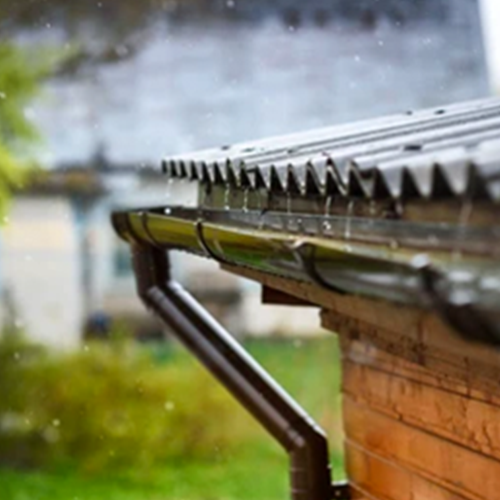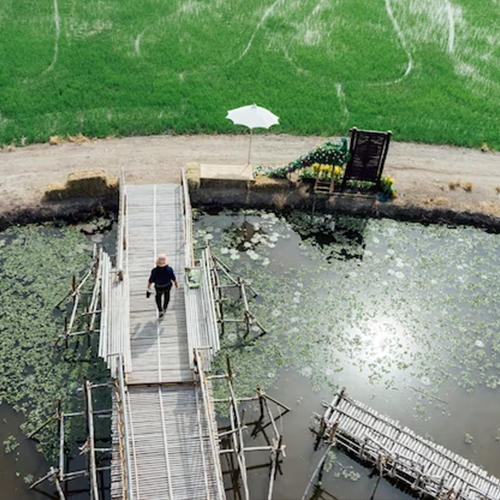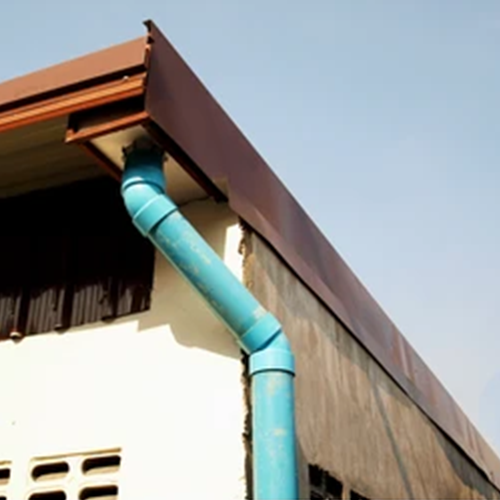



Rain Water Harvesting
The catchment of a rainwater harvesting system is the surface directly exposed to rainfall, encompassing areas like terraces, courtyards, and both paved and unpaved open grounds. This can include flat RCC/stone roofs or sloping roofs. In essence, the catchment represents the region that actively channels rainwater into the harvesting system. The system is primarily composed of the following sub-components:
- Catchment
- Transportation
- First flush
- Filter
Transportation :
Rainwater collected from rooftops needs to be directed to the storage or harvesting system using down-take water pipes or drains. It is recommended to use UV-resistant water pipes, such as ISI PVC pipes, with the appropriate capacity. For sloping roofs, gutters and down-take pipes can efficiently capture the water. Additionally, for terraces, each drain's opening should be equipped with wire mesh to prevent the passage of floating materials.
First Flush :
The first flush, a device employed to eliminate the initial rainfall, serves the purpose of preventing potential contaminants from the atmosphere and catchment roof from compromising the quality of storable or rechargeable water. This process is essential for cleansing accumulated silt and other debris on the roof during dry seasons. It is advisable to install a first rain separator at the outlet of each drainpipe to effectively carry out this function.
Filter :
Roof Top Rainwater Harvesting often faces skepticism due to concerns about potential groundwater contamination from rainwater. However, the likelihood of this concern becoming a reality is minimal with the adoption of a proper filter mechanism. It is crucial to ensure the integrity of underground sewer drains, preventing punctures and any nearby leakage. Filters play a vital role in treating water, efficiently removing turbidity, color, and microorganisms. Following the initial flush of rainfall, water should pass through these filters. While various types of filters are in use, their fundamental function is to purify water effectively.
PVC- Pipe filter :
A filter of this nature can be constructed using a PVC pipe with a length ranging from 1 to 1.20 meters, and the pipe's diameter is determined by the roof area. For a 1500 Sq. Ft. roof, a six-inch diameter pipe suffices, while roofs exceeding 1500 Sq. Ft. require an eight-inch diameter pipe. The pipe is divided into three compartments using wire mesh. Each compartment should be filled alternately with gravel and sand, illustrated in the figure. Optionally, a layer of charcoal may be introduced between two layers. To connect the inlet and outlet, both ends of the filter should have the necessary-sized reducers. This filter can be positioned either horizontally or vertically within the system.